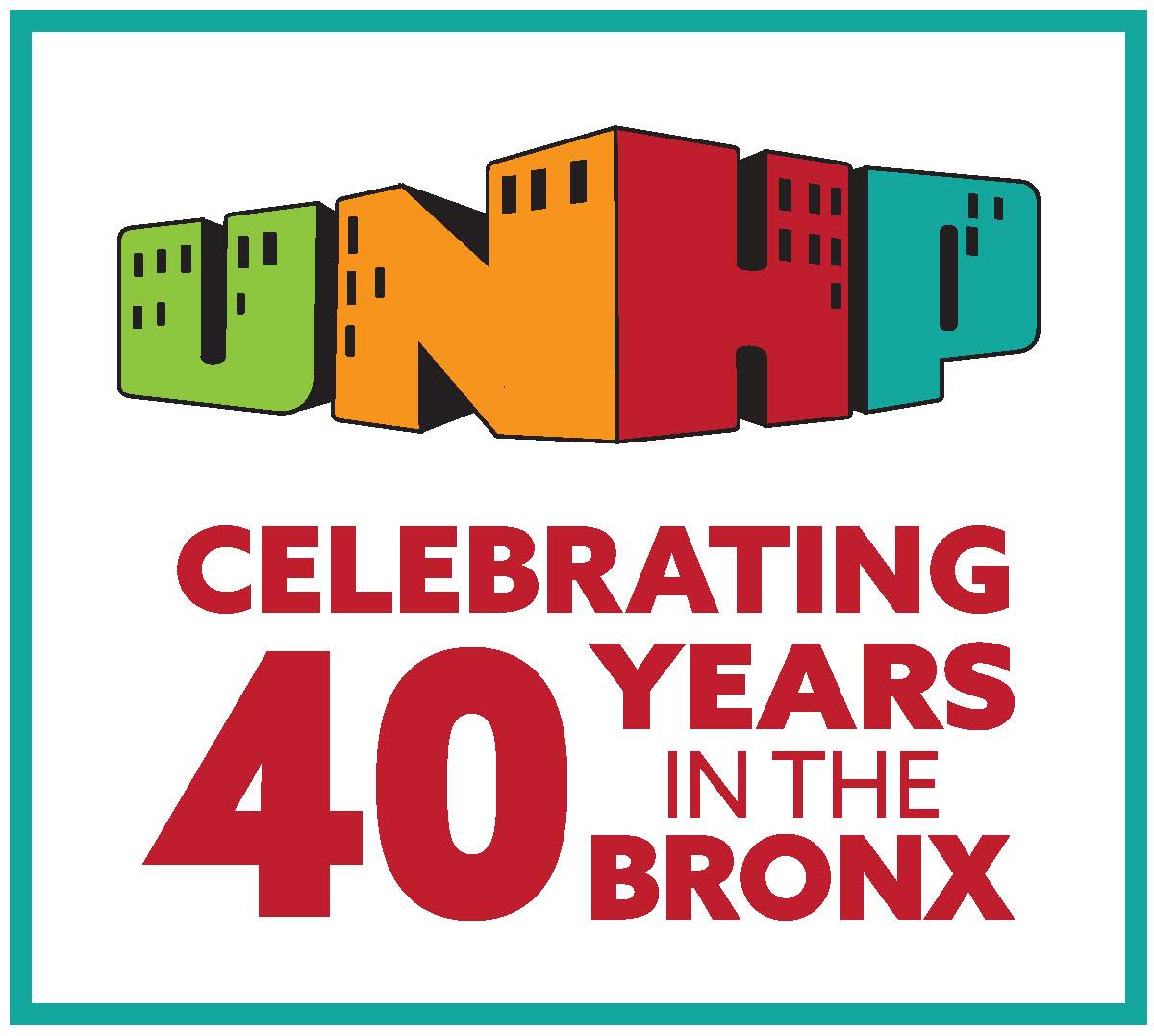With the $700 billion bailout package signed, sealed and delivered on Friday, the perils of a reckless financial era have come to an end — for some people.
Heading for school, Franco Mora stopped outside his building at 1530 Sheridan Avenue in the Bronx. From December until June, Mr. Mora and his neighbors had to cook on hot plates. The gas line needed to be fixed, and was, eventually.
Mr. Mora’s building was bought in February 2007 by a group of investors who spent $400 million to acquire 75 buildings in the Bronx. For 1530 Sheridan Avenue, which has 84 apartments, the new owners took out a mortgage of $5.4 million.
When the building had changed hands 30 years ago, the owner carried a mortgage of $338,000. When it was sold in 2001, the mortgage was $3 million. So with the 2007 sale, the debt on 1530 Sheridan Avenue was 16 times what it had been three decades earlier.
The Bronx — once the symbol for urban redlining — has gone from being starved of private investment to being engorged.
“In the 1970s, we were fighting to get money into the neighborhoods, to invest in housing,” said Jim Buckley, who has worked as a community organizer and housing advocate in the Bronx since the early 1970s. “But just throwing money at neighborhoods does not mean the neighborhoods are benefiting.”
For good and ill, more than half the apartments in the Bronx are rent-stabilized. That means the income for the owners is limited unless there is a big turnover of residents, since the law permits rents to increase faster after an apartment is vacated.
“We’ve been very concerned for several years about the standards the banks were applying,” said Mr. Buckley, the executive director of the University Neighborhood Housing Program. “It’s a strange position for us to be in, after all these years of arguing that the banks ought to look for investments in these neighborhoods.”
Mr. Buckley said that the big loans could endanger affordable rental properties. But Stephen Siegel, a partner in SG2 Properties, which owns 1530 Sheridan, said the group’s business plan did not include driving out tenants. “We’re not looking to empty buildings,” Mr. Siegel said. “We’re looking to clean up buildings, improve security, get the graffiti off, make sure the doors lock. We’re not looking to turn them into condos. They work as rentals.”
The term “redlining” — excluding certain neighborhoods from private investment — grew out of the reforms of an era much like this one. In 1935, a federal agency was created to relieve failing banks by buying mortgages that were going into default. The same agency also helped struggling homeowners by offering them mortgages at lower rates than they were paying.
As part of its work, the agency developed a series of maps that rated neighborhoods by qualities that would make them suitable for mortgages. These maps were color-coded, and neighborhoods that were considered the least desirable were marked off with a red boundary line. The decision to cut off poorer neighborhoods from private capital was implicated as a factor in the slow collapse of inner cities during the 1950s and 1960s. Banks were accused of taking deposits from redlined areas, but not putting anything back.
In a drive against redlining, Congress passed the Community Reinvestment Act in 1977, which said that banks had to offer credit in every market they served. “In the 1970s, we used the C.R.A. to get the banks to start lending in the Bronx,” Mr. Buckley said. “By the 1980s, they had seen that it could be a profitable business, and were coming on their own.”
Today, in the post-mortems on the financial crisis, the Community Reinvestment Act is being blamed in some corners for forcing banks to make risky loans in poorer areas. Yet one study has found that nearly 75 percent of the subprime loans were made by mortgage companies, which, unlike commercial banks, are not subject to the reinvestment act. Mr. Buckley said that national housing organizers told officials at Fannie Mae that they did not want the agency to back loans that did not require down payments.
And they tried to warn against piling too much debt on buildings that were just getting by.
“Groups like ours and others have been trying to get the banks to be more cautious on their underwriting by taking into account the actual rent roll of the building, the physical needs of the building, the rising costs of operating housing,” Mr. Buckley said. “It’s part of what amazes me when I hear people alleging that community organizers used the Community Reinvestment Act to loosen credit and contribute to the current crisis.”
